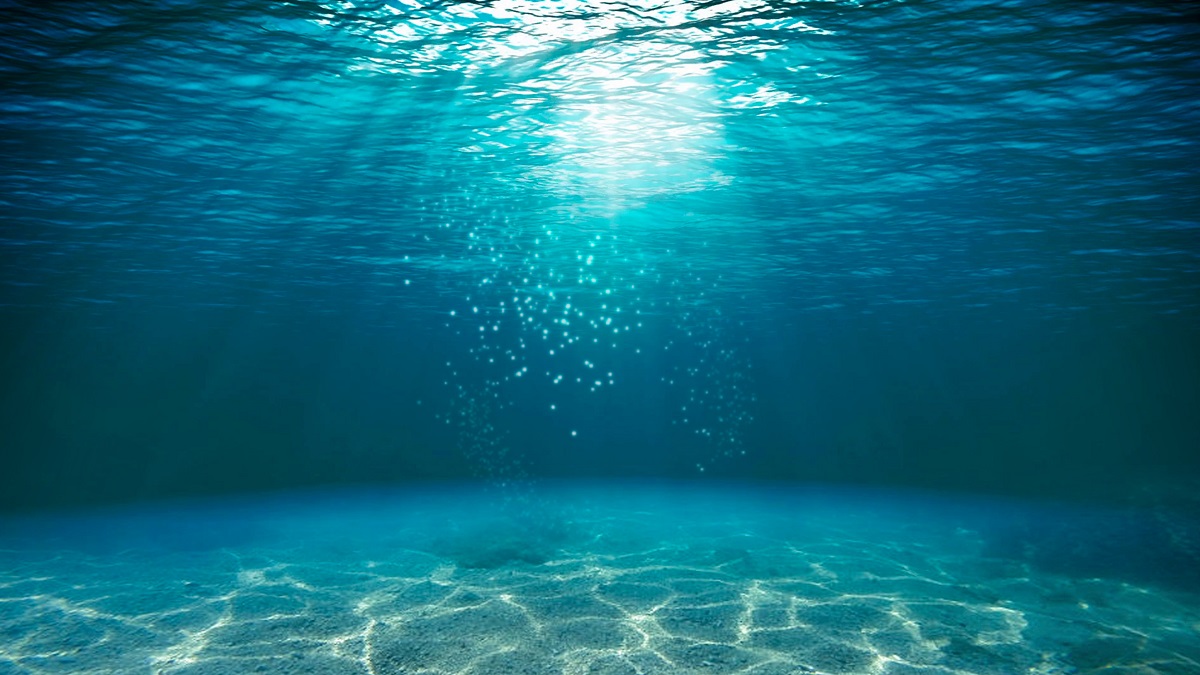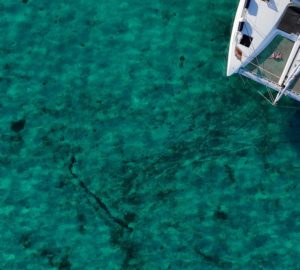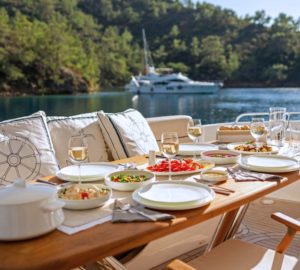The ocean contains a unique biodiversity and is an exceptional machine for burying the CO2 generated by human activities. This is a most unfortunate oversight when you consider it covers more than 70% of the world’s surface. Just one figure: it is estimated that in 2020, the oceans absorbed about 9 billion tons of carbon, more than a quarter of global emissions!
It is therefore urgent to take more interest in them.
Protecting ocean biodiversity
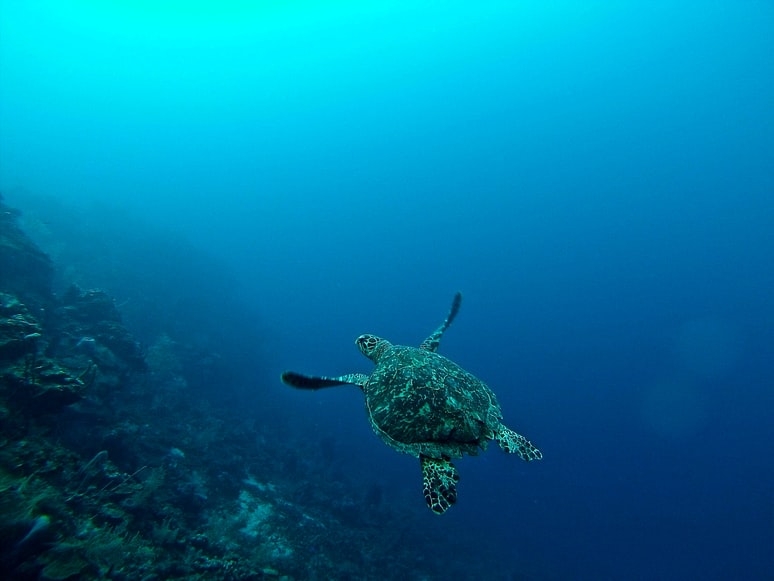
Marine biodiversity is a real bulwark against climate change. Several courses of action have been defined to ensure its protection, such as “marine protected areas” (MPAs). This most effective measure consists of establishing delimited areas whose biodiversity will be protected from human pressures (bottom trawling, overfishing, oil and gas exploitation) and thus contribute to the fight against climate change.
Marine protected areas represent more than 27 million square kilometers, or nearly 7% of the ocean surface. Among the MPAs in France has which are subject to significant tourist activity, there are: the Arcachon Basin, Martinique and Corsica’s Cap (Agriate). Last, but not least, the Coral Sea Natural Park in New Caledonia is the largest marine protected area in the world with an area of 1.3 million km².
The urgent need for global coordination
Unfortunately, the level of protection of the oceans is still far too low as evidenced by intensive fishing, oil and gas exploitation in marine protected areas, which are incompatible with the obligation of non-degradation of the site. A recent scientific paper in Nature gives a telling example: carbon emissions from trawling are probably equivalent to those of the global aviation industry.
The establishment of priority areas to help protect biodiversity, food supply and carbon storage are therefore at the heart of the debate in most coastal nations. However, a globally coordinated effort on marine conservation could be nearly twice as effective as planning at the national level alone. Consideration should be given to bringing the various international conventions on climate (UNFCCC) and biodiversity (CBD) closer together, as well as bringing the various governance bodies, such as COPs and others, closer together.
It is urgent that the international action agendas be common for an integrated governance “ocean-climate-biodiversity”.
The ocean seabed, the world’s largest carbon reservoir.
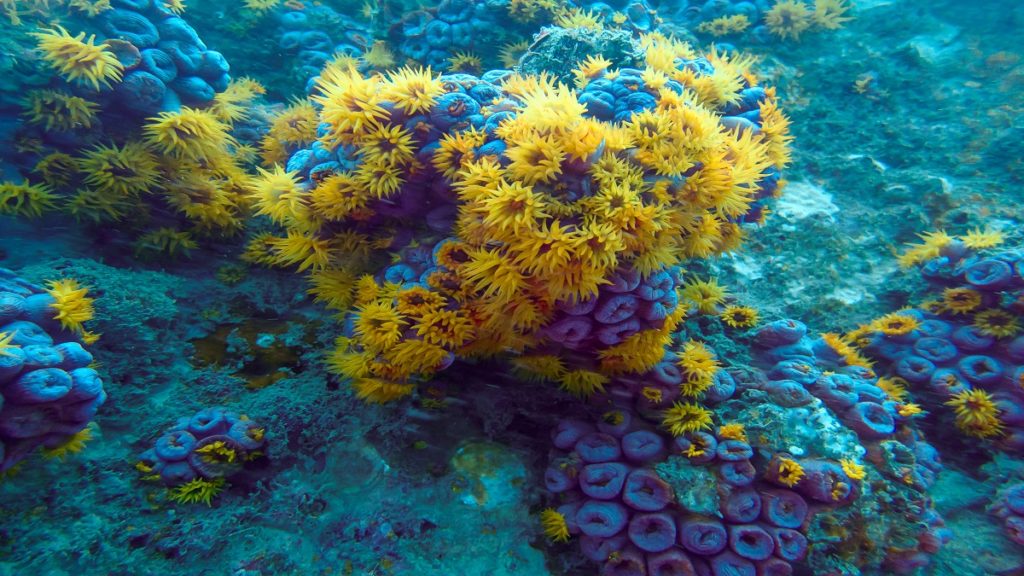
Fossil fuels and deforestation are certainly the two main causes of climate change, but as mentioned above, bottom trawling, in which heavy nets are dragged along the seabed, has catastrophic consequences. By releasing no less than one gigaton per year, contributing to the acidification and deoxygenation of the ocean, this practice is an aggravating factor in global warming.
If the ocean is certainly impacted by climate change, it is also the bearer of solutions such as carbon sequestration in marine habitats such as mangroves and seagrass beds. This is what we propose to discover.
The mangrove: between land and sea, an essential tropical ecosystem
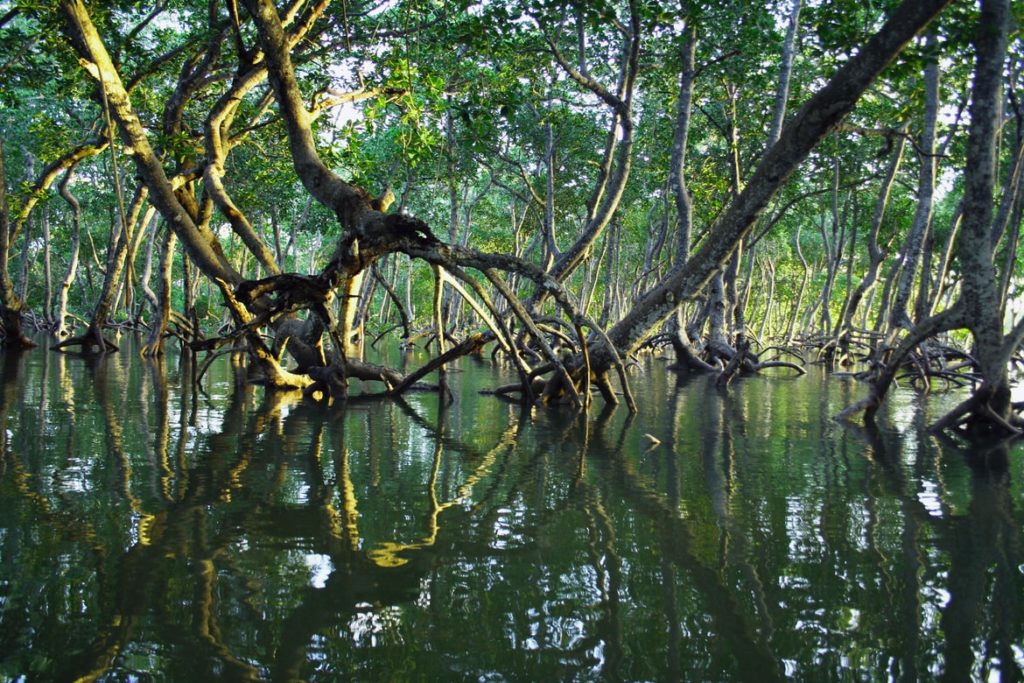
The mangrove is an interface between the terrestrial and the marine environment. This maritime marsh ecosystem includes specific plants, such as mangroves, which only develop in the tidal range. Unfortunately, mangroves are not immune to the negative effects of climate change. Yet, they are of paramount importance, both ecologically and economically. On the one hand, they provide populations with food resources; on the other hand, they participate in their protection against natural disasters by stabilizing coastal areas, by serving as a barrier against erosion due to swell and by reducing wave energy.
It is estimated that mangroves absorb twice as much carbon each year as a tropical rainforest. On a global scale, they are disappearing at a rate of 2% per year. The good news in this slump is that mangroves can be regenerated or replanted. The example of Senegal is encouraging. The country has given new life to its mangrove via the world’s largest reforestation campaign. In 2019, no less than 79 million mangrove trees were planted on nearly 10,000 hectares. Their growth will help absorb about 500,000 tons of carbon over 20 years.
Sea grass beds, the other green lung of the planet
Seagrass beds, found mainly in shallow waters, are composed of flowering plants (not algae) and provide an ecological service of major importance for biodiversity and for mankind: by promoting the reproduction of fish, oxygenating the water thanks to its filtering power, protecting the coasts from erosion, storms and other floods, and (last but not least) by storing carbon
However, it is estimated that 7% of this essential marine habitat disappears every year. Endangered by coastal developments, maritime activities and, of course, climate change, they are among the least protected ecosystems on the planet.
What type of Boat Suits you best? Take our Quizz and find out.
Are more interested in a Motorboat or a Sailing yacht ? Multihull or monohull ?
The posidonia
The posidonia is a telling example, in a region dear to WI, the Mediterranean, where our company is located. An endemic plant of the Mediterranean, it absorbs 15 times more carbon per year than the tropical forest. It grows in coastal areas at depths of up to 40 meters. With a lifespan that can reach 100,000 years, posidonia is essential to provide the oxygen essential to the functioning of underwater ecosystems. In addition, it stores 10 times more carbon than forest soils, protects beaches from erosion and is home to some fifty species of fish. But to date, studies have shown that once destroyed, the posidonia can no longer grow back, hence its status as a protected marine species.
This year (2021), French legislation has been revised to protect the precious Posidonia meadows. This summer, new regulations were introduced in areas where yachts and superyachts over 24 m are allowed to drop anchor. The role of the yacht captains is decisive in the respect of these rules. They are invited to anchor in easily identifiable sandy areas and an ecological anchorage is recommended below 30-40m. A community application for navigation and anchoring assistance outside fragile ecosystems has been created, Donia, can be downloaded for free.
And if the solutions were (also) in Nature?
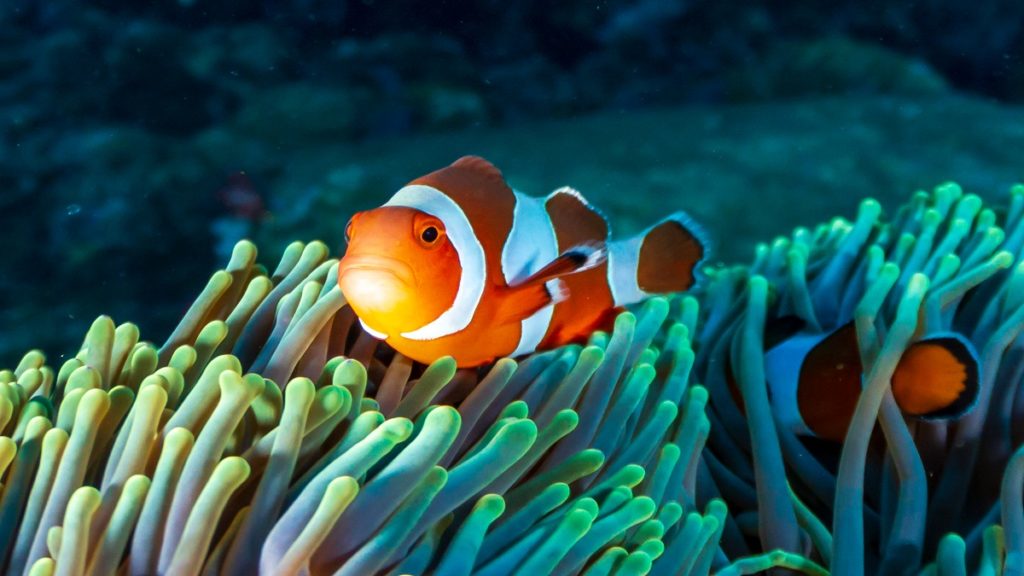
The protection of underwater habitats is now at the top of the list of the United Nations Framework Convention on Climate Change. Natural solutions” are favored, such as blue carbon. Oceans, sea grass beds and mangroves can capture and sequester carbon from the air. This carbon, stored in ecosystems, is called blue carbon and it represents a formidable note of hope. In this regard, let’s salute the work and commitment of the Blue Marine Foundation and its Blue Carbon research unit which aims to accelerate the recognition of the interaction between the ocean and the climate.
Read also : Sustainable Yachting : How is the Boat Industry Becoming more Eco-Friendly?
Blue is beautiful by Windward Islands
For more than 23 years WI Luxury Yacht has been sailing the seas and oceans of the world for hundreds of enthusiasts. Far from being a business, the ocean is our partner, the one without which we could not offer our clients these exceptional experiences of communion with nature. We respect and cherish it to the utmost, as shown by the numerous actions we continually carry out in support of associations and other organizations with a single objective: to protect it.
At WI we believe it is the responsibility of all of us to advocate for marine conservation and restoration that will allow for significant carbon capture and sequestration through the development of policies that will give the ocean the central place it deserves in the fight against climate change.
We have long believed that forests are the world’s best carbon sinks.
We had simply forgotten that our Earth is also called the Blue Planet.

